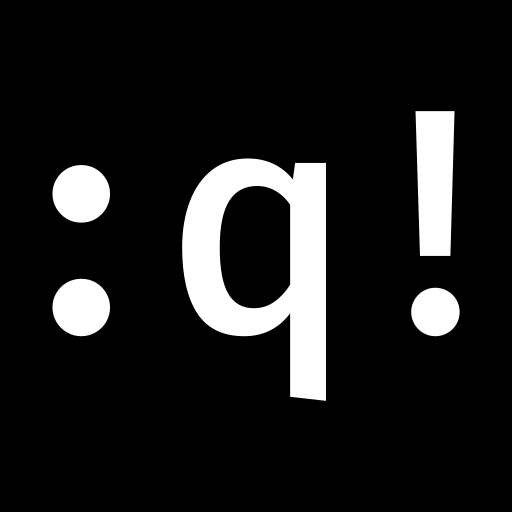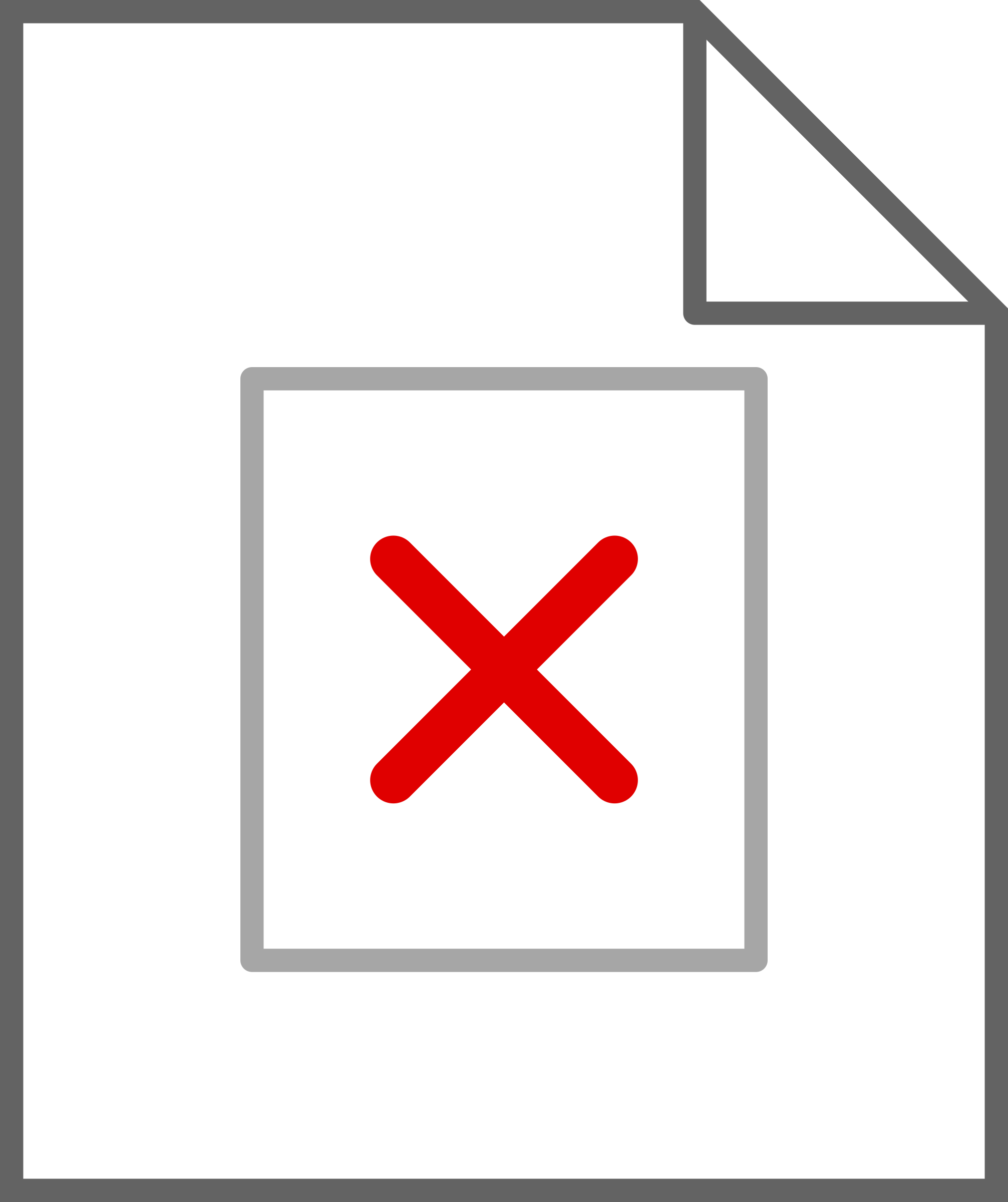- cross-posted to:
- [email protected]
- cross-posted to:
- [email protected]
Oooh, that is tempting. The main pain would be center justifying the code. Perhaps if it was left justified…
Clearly we need self-centering support from editors.
Just one more reason to do your coding in Word.
Technically that is a reason
I think the main pain would be manually aligning the frames on every line with every change, occasionally having to extend the width and updating every line of code to match it
My employer’s CI rejects extended ASCII characters :(
Really? You never use the occasional or something?
Edit: my client actually parses the space lol
Just remembered not all projects have a web interface or an interface at all
Backslashes are not extended ASCII
That’s normal, you should just use Unicode in that case.
You misspelled UTF-8
Feel free to encode it whichever way suits you best.
Unless it’s ISO 8859-1, apparently.
I’m not sure if you’re completely up to date on this whole Unicode thing.
I’m not sure if you’re completely up-to-date on this whole encoding thing.
Remember the meme where all the parentheses are on the right hand side? This meme is the same.
This would musk to write, but is honestly really readable.
super minor but I always preferred to define fizzbuzz as modulo 3*5 to show adherence to the instructions in the readability of the code without having to think about why
Mmm I think they are missing == 0
You could do this in basic ASCII, with only three defines. replace "_ " with “{”, replace “_;” with “}”, and “_” with nothing. If your compiler processes macros in the correct order, it will become valid code. (You would use semicolons as the vertical lines)
Have they
d out the equals symbol? I don’t think thatforloop is going to compile.The symbol they defined out is not the equals symbol but rather U+2550, so the for loop is fine.
why not? looks fine
The
line would mean the=would be effectively removed, rendering thefora syntax error. That is, assuming it is an equals sign they’ve redefined, and not similar looking character.that’s not a =, it’s a ═ (
U+2550 BOX DRAWINGS DOUBLE HORIZONTAL). you can tell because == doesn’t connect but ══ does.Fair point, I wasn’t sure it was the equals, hence my initial question. Drawing boxes with the box drawing characters does make a lot more sense.
It looks like a different symbol of you were to compare the characters length in pixels
the equals and the horizontal double bars seem different to me.








